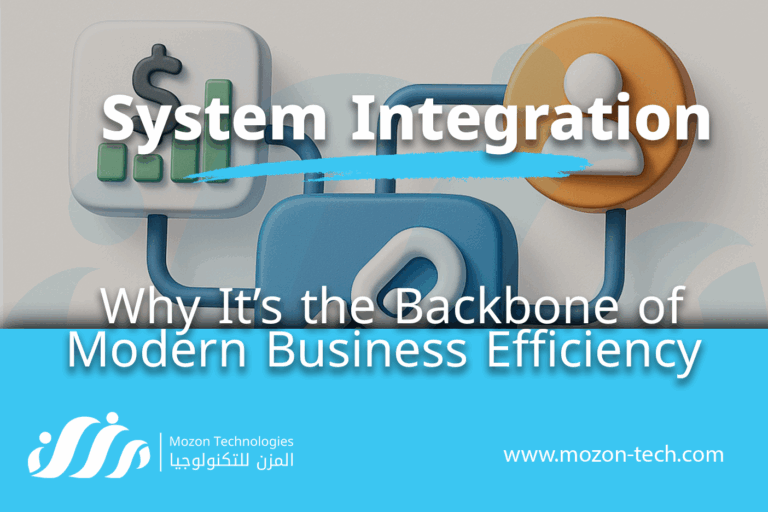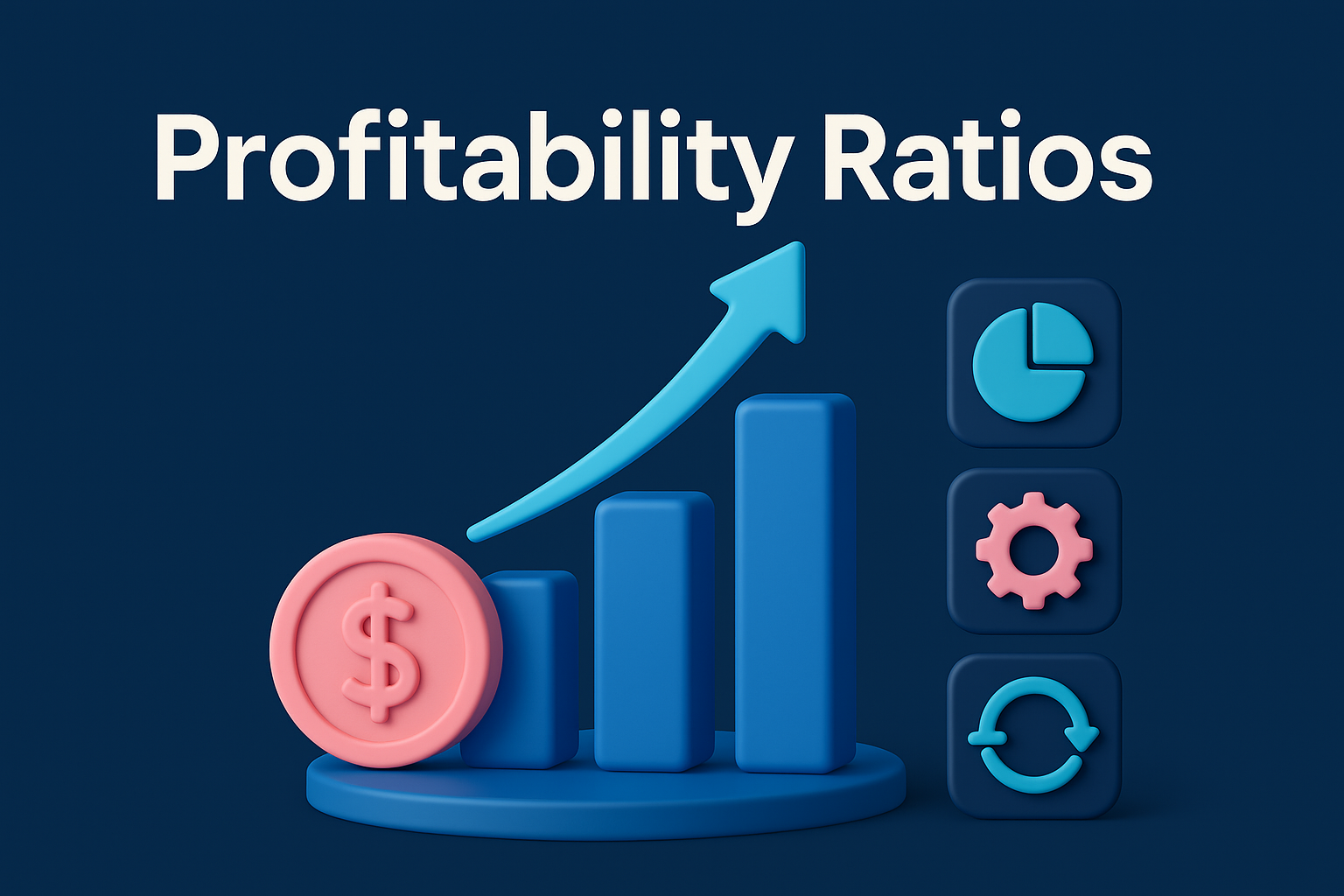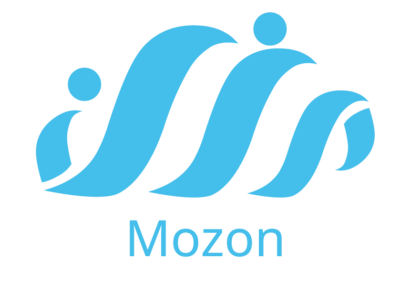Introduction
Picture this: Your sales team just closed a major deal, but now they need to manually enter customer information into three different systems. Your accounting department is waiting for invoice data that should have been automatically transferred from your ERP. Meanwhile, your HR team is spending hours updating employee records across multiple platforms instead of focusing on strategic initiatives.
Sound familiar? You’re not alone. Most businesses today juggle between 15 to 30 different software applications, and when these systems don’t communicate with each other, the result is chaos, inefficiency, and missed opportunities.
This is where system integration becomes your business’s secret weapon. It’s not just about connecting software – it’s about creating a unified digital ecosystem that transforms how your organization operates, makes decisions, and serves customers.
What Is System Integration?
System integration is the strategic process of connecting different software systems, platforms, and technologies so they function as a single, coordinated solution. Think of it as building bridges between isolated digital islands, creating a unified continent where information flows freely and processes work seamlessly together.
Instead of having your accounting software living in one corner, your customer relationship management system in another, and your inventory management platform somewhere else entirely, integration brings them all together. The result is a connected business environment where data moves automatically, processes are streamlined, and your team can focus on what they do best.
The Reality of Disconnected Systems
Before diving into solutions, let’s acknowledge the pain points that many businesses face when their systems operate in isolation:
The Data Entry Nightmare: How many times has your team entered the same customer information into multiple systems? Each manual entry increases the risk of errors and wastes valuable time that could be spent on revenue-generating activities.
The Reporting Headache: When systems don’t talk to each other, creating comprehensive reports becomes a time-consuming puzzle. Teams spend hours gathering data from different platforms, often working with outdated information by the time the report is complete.
The Customer Service Challenge: Nothing frustrates customers more than having to repeat their information or wait while representatives search through multiple systems to find their details. Disconnected systems create fragmented customer experiences that can damage relationships and hurt your brand reputation.
Real-World Integration Scenarios
Let’s explore how system integration transforms common business scenarios:
Sales and Accounting Harmony
The Old Way: After closing a deal, your sales representative manually creates an invoice in your accounting system, potentially making errors in pricing, customer details, or terms. The accounting team then has to verify and process this information, creating delays and potential disputes.
The Integrated Way: The moment a deal is marked as closed in your CRM, your ERP system automatically generates an accurate invoice with pre-approved pricing, correct customer information, and proper terms. The invoice is sent immediately, and payment tracking begins automatically.
HR and Payroll Synchronization
The Old Way: Your HR department maintains employee records in one system while payroll is processed in another. Each month, they manually transfer attendance data, overtime hours, and leave balances, creating opportunities for errors and delays in salary processing.
The Integrated Way: Employee attendance, leave requests, and overtime approvals automatically sync between systems. When payroll runs, all information is current and accurate, reducing processing time and eliminating discrepancies.
Customer Support Excellence
The Old Way: When a customer calls with an issue, your support representative has to check multiple systems to understand their purchase history, previous support tickets, and current account status. This creates frustration for both the customer and the representative.
The Integrated Way: A single customer profile provides instant access to purchase history, support tickets, billing information, and interaction logs. Representatives can provide informed, personalized support from the first moment of contact.
The Comprehensive Benefits of System Integration
Operational Efficiency
System integration eliminates redundant processes and automates routine tasks. When systems work together, your team spends less time on manual data entry and more time on strategic activities that drive business growth. This efficiency gain often translates to significant cost savings and improved productivity across departments.
Data Accuracy and Consistency
Manual data entry is prone to human error. When information is entered once and automatically synchronized across all relevant systems, you eliminate inconsistencies and ensure that everyone in your organization is working with the same, accurate data. This consistency is crucial for making informed business decisions and maintaining customer trust.
Enhanced Decision-Making Capabilities
Integrated systems provide a comprehensive view of your business operations. Instead of making decisions based on fragmented information from different departments, you can access unified dashboards and reports that show the complete picture. This holistic view enables better strategic planning and more effective resource allocation.
Improved Customer Experience
When your systems are integrated, you can provide faster, more personalized service to your customers. Support representatives have immediate access to complete customer histories, sales teams can track interactions across touchpoints, and billing issues can be resolved quickly with accurate information.
Scalability and Future-Proofing
As your business grows, integrated systems can scale with you. Instead of adding new software that creates additional silos, you can expand your integrated ecosystem to include new capabilities while maintaining seamless data flow and process automation.
Cost Optimization
While system integration requires initial investment, it typically leads to significant cost savings over time. Reduced manual labor, fewer errors, improved efficiency, and better resource utilization all contribute to a positive return on investment.
Recognizing When You Need System Integration
Every business is unique, but certain signs indicate that system integration could significantly benefit your organization:
Time-Consuming Manual Processes: If your team spends significant time transferring data between systems or reconciling information from different sources, integration can automate these processes and free up valuable human resources.
Reporting Challenges: When creating reports requires gathering data from multiple systems and manually combining information, you’re likely missing opportunities for real-time insights and faster decision-making.
Customer Service Delays: If your customer service team can’t quickly access comprehensive customer information or if customers have to repeat information across different touchpoints, integration can dramatically improve the customer experience.
Growth Limitations: If adding new software or expanding operations becomes complicated because systems don’t work together, integration can provide the flexibility you need to scale effectively.
Compliance and Audit Difficulties: If maintaining compliance or conducting audits requires manual data compilation from multiple systems, integration can automate these processes and reduce compliance risks.
Common Integration Challenges and Solutions
Data Security Concerns
Many businesses worry about data security when integrating systems. The key is working with experienced integration partners who understand security protocols and can implement robust protection measures. Modern integration solutions include encryption, secure authentication, and audit trails to ensure data remains protected throughout the integration process.
Legacy System Compatibility
Older systems may not have modern APIs or integration capabilities. However, experienced integration specialists can create custom solutions that bridge the gap between legacy systems and modern platforms, allowing you to leverage your existing investments while gaining integration benefits.
Change Management
Integration often requires changes to existing workflows and processes. Success depends on proper change management, including staff training, clear communication about benefits, and gradual implementation to minimize disruption.
The Mozon Technologies Approach
At Mozon Technologies, we understand that successful system integration goes beyond simply connecting software. We take a holistic approach that considers your business processes, growth plans, and specific challenges.
Our integration philosophy centers on three core principles:
Business-First Thinking: We don’t just connect systems; we optimize your business processes. Our team works closely with you to understand your workflows and identify opportunities for improvement through integration.
Scalable Solutions: Every integration we design is built to grow with your business. Whether you’re planning to add new software, expand to new markets, or increase your team size, our solutions can adapt to your changing needs.
Ongoing Support: Integration is not a one-time project. We provide continuous monitoring, maintenance, and optimization to ensure your integrated systems continue to deliver value as your business evolves.
Our Integration Expertise
ERP and CRM Integration: Connect your customer relationship management system with your enterprise resource planning platform to create seamless customer journeys from lead generation to order fulfillment and ongoing support.
Financial System Integration: Link your point-of-sale systems, accounting software, and financial reporting tools to ensure accurate, real-time financial visibility across your organization.
E-commerce Platform Integration: Connect your online store with inventory management, customer service, and fulfillment systems to create efficient omnichannel experiences.
Custom API Development: When off-the-shelf solutions don’t meet your specific needs, we develop custom APIs that enable seamless communication between your unique systems and processes.
Business Intelligence Integration: Consolidate data from multiple sources into unified dashboards and reporting systems that provide actionable insights for strategic decision-making.
Success Story: Transforming a Growing Retail Business
One of our clients, a mid-sized retail company in Jordan, was struggling with the complexity of managing separate systems for inventory, sales, point-of-sale, accounting, and customer service. Each system contained valuable information, but the lack of integration was creating significant operational challenges.
The Challenge: The company was experiencing rapid growth, but their disconnected systems were becoming a bottleneck. Sales staff couldn’t access real-time inventory information, leading to overselling and customer disappointment. The accounting team spent days each month reconciling data from different systems, delaying financial reporting and making it difficult to track profitability by product line or location.
Customer service was particularly problematic. When customers called with questions about orders, returns, or account issues, representatives had to search through multiple systems to find relevant information. This created long wait times and frustrated customers who had to repeat their information multiple times.
The Solution: We implemented a comprehensive integration solution that connected all their systems through a central hub. Real-time data synchronization ensured that inventory levels, customer information, and transaction data were consistent across all platforms.
The integration included automated workflows for order processing, inventory management, and customer communications. When a sale was made in-store or online, inventory was automatically updated, accounting records were created, and customer profiles were updated with purchase history.
The Results: The transformation was remarkable:
- Data errors dropped by 93%, virtually eliminating discrepancies between systems
- Monthly financial closing time was reduced from four days to less than one day
- Customer service response times improved dramatically, with representatives able to access complete customer information instantly
- Inventory accuracy improved to 99.7%, reducing stockouts and overstock situations
- Staff productivity increased as employees could focus on customer service and strategic activities instead of manual data entry
Perhaps most importantly, the integration positioned the company for continued growth. They could now easily add new locations, integrate additional software solutions, and scale their operations without worrying about system compatibility issues.
Planning Your Integration Journey
Successful system integration requires careful planning and a clear understanding of your objectives. Here’s how to approach your integration project:
Assessment and Goal Setting
Start by documenting your current systems and processes. Identify pain points, inefficiencies, and areas where integration could provide the most benefit. Set clear, measurable goals for your integration project, such as reducing data entry time by 50% or improving customer response times by 30%.
Stakeholder Involvement
Integration affects multiple departments, so involve key stakeholders from the beginning. Include representatives from IT, operations, finance, sales, and customer service to ensure all perspectives are considered and requirements are captured.
Phased Implementation
Rather than attempting to integrate everything at once, consider a phased approach. Start with the most critical connections or the areas that will provide the biggest immediate benefit. This approach reduces risk and allows you to learn and optimize as you progress.
Testing and Validation
Thorough testing is crucial for successful integration. Test not only the technical connections but also the business processes that depend on the integration. Validate that data flows correctly, workflows function as expected, and security measures are effective.
Training and Change Management
Prepare your team for the changes that integration will bring. Provide training on new processes, communicate the benefits clearly, and address any concerns. Change management is often the difference between integration success and failure.
The Future of System Integration
As businesses become increasingly digital, the importance of system integration will only grow. Emerging technologies like artificial intelligence, machine learning, and advanced analytics depend on integrated data to function effectively.
Cloud-based integration platforms are making it easier for businesses of all sizes to connect their systems without massive infrastructure investments. API-first software design is becoming standard, making future integrations more straightforward.
The trend toward integrated business ecosystems means that companies that embrace integration now will have significant competitive advantages in the future. They’ll be able to adapt more quickly to market changes, provide better customer experiences, and make more informed decisions based on comprehensive data.
Conclusion
System integration is more than a technical project – it’s a strategic initiative that can transform how your business operates, serves customers, and competes in the marketplace. When your systems work together seamlessly, your people can focus on what they do best: growing your business and creating value for your customers.
The question isn’t whether you need system integration – it’s how quickly you can implement it to start realizing the benefits. Every day that your systems remain disconnected is a day of lost efficiency, missed opportunities, and frustrated customers.
At Mozon Technologies, we’re committed to helping businesses across Jordan, Saudi Arabia, and the GCC transform their operations through intelligent system integration. We don’t just connect your systems – we unify your business strategy and create the foundation for sustainable growth.
Ready to turn your fragmented systems into a unified, efficient business ecosystem? Let’s start the conversation about how system integration can drive your business forward.





